The ‘Absence of Water’ Turns Decaying Pools into Art

The ‘Absence of Water’ Turns Decaying Pools into Art
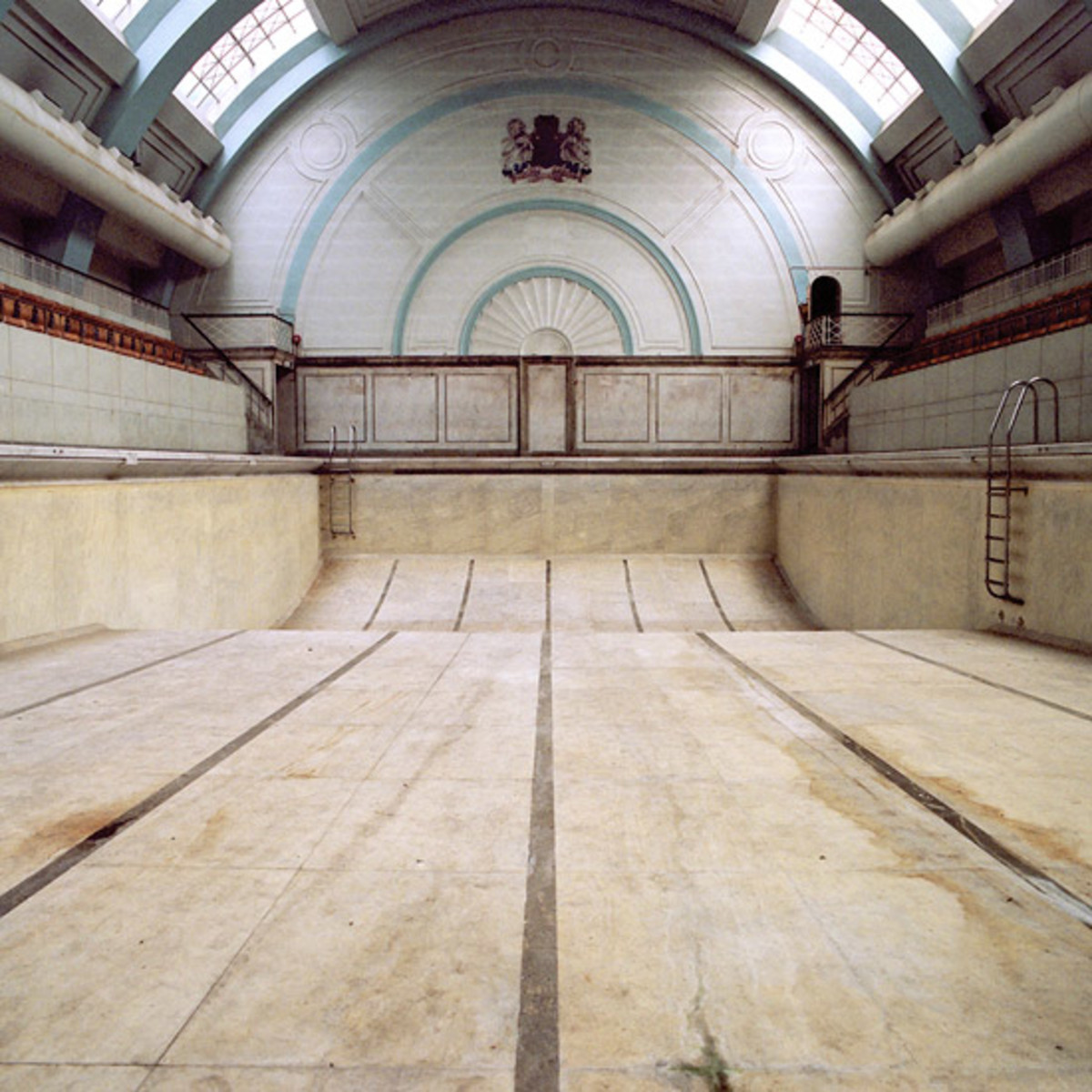
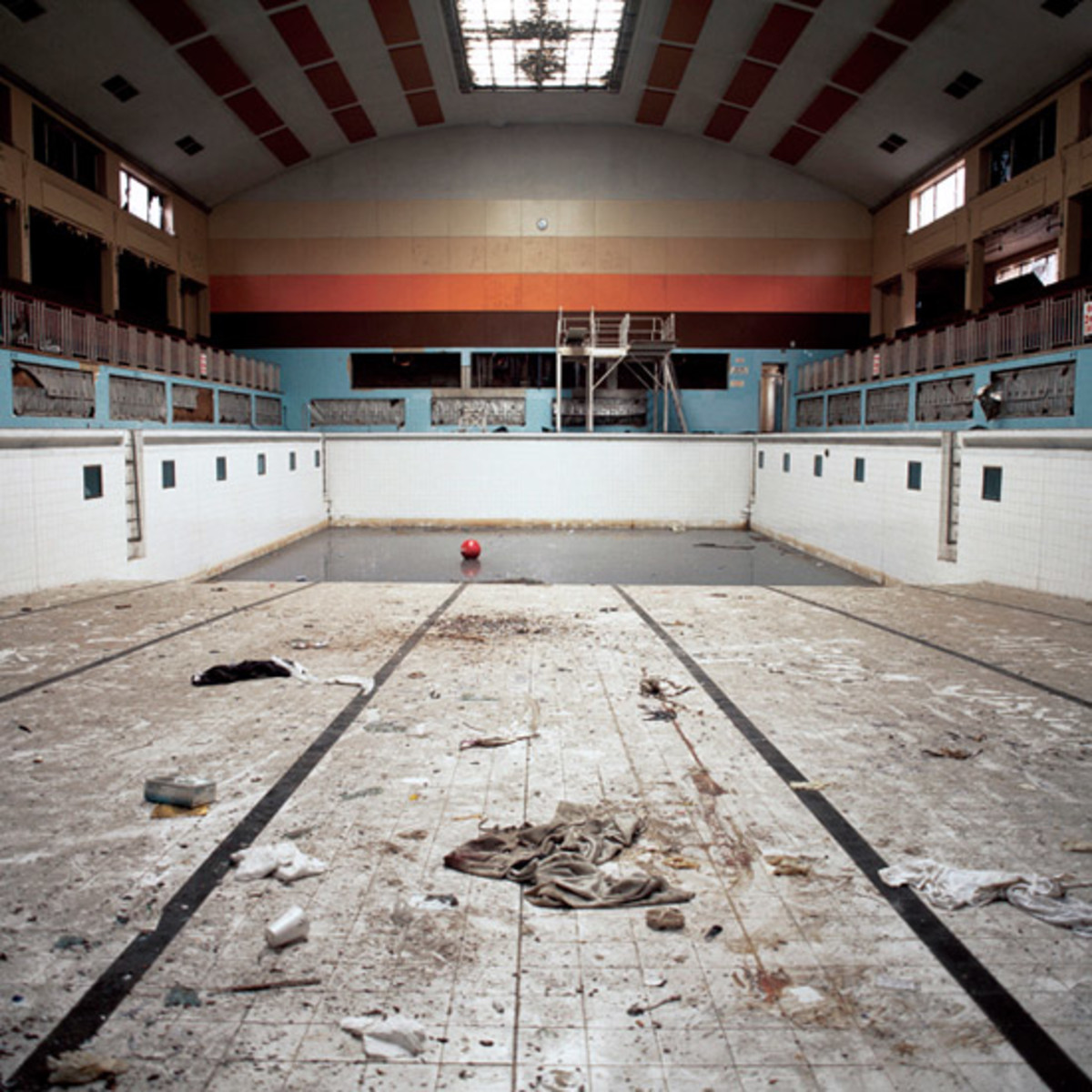
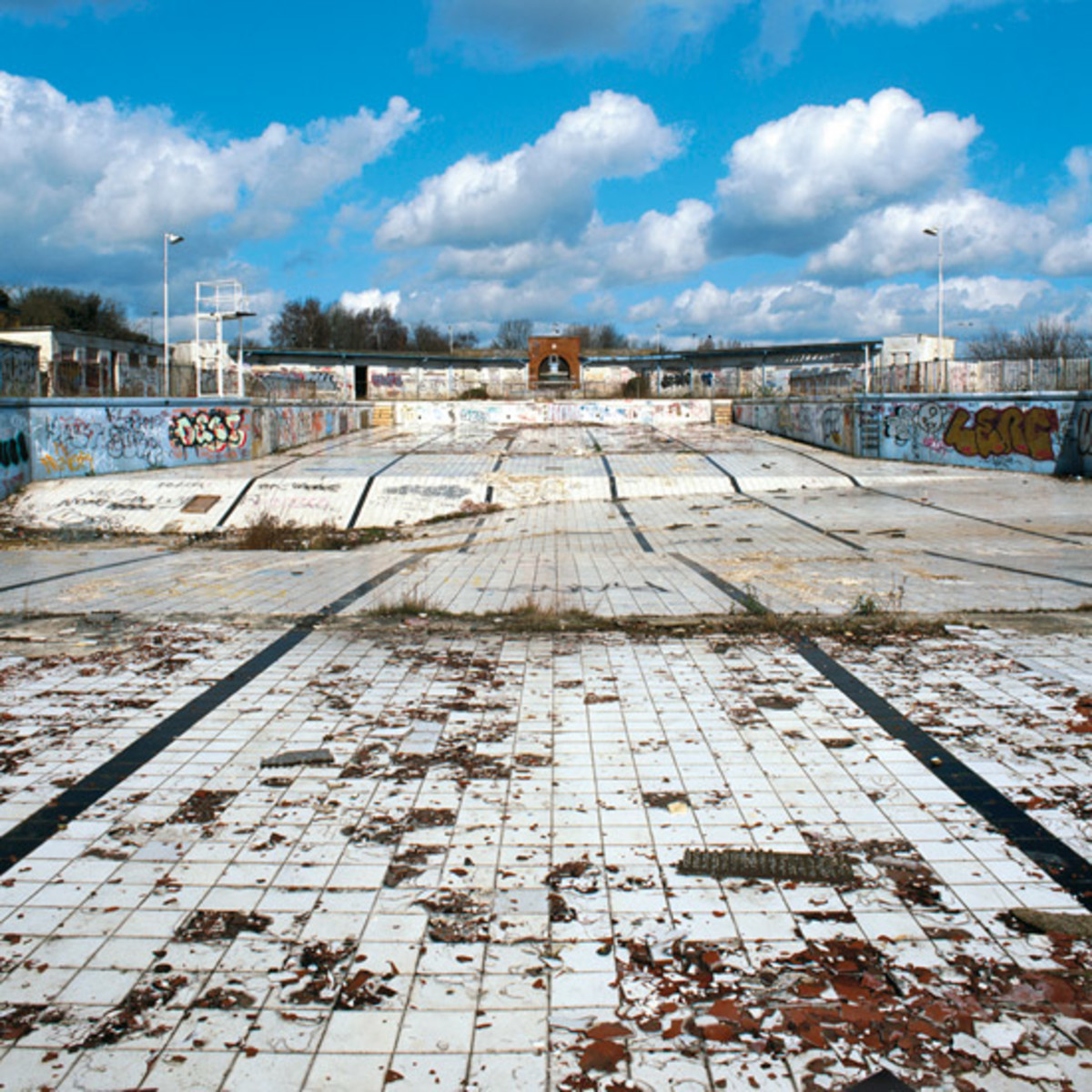
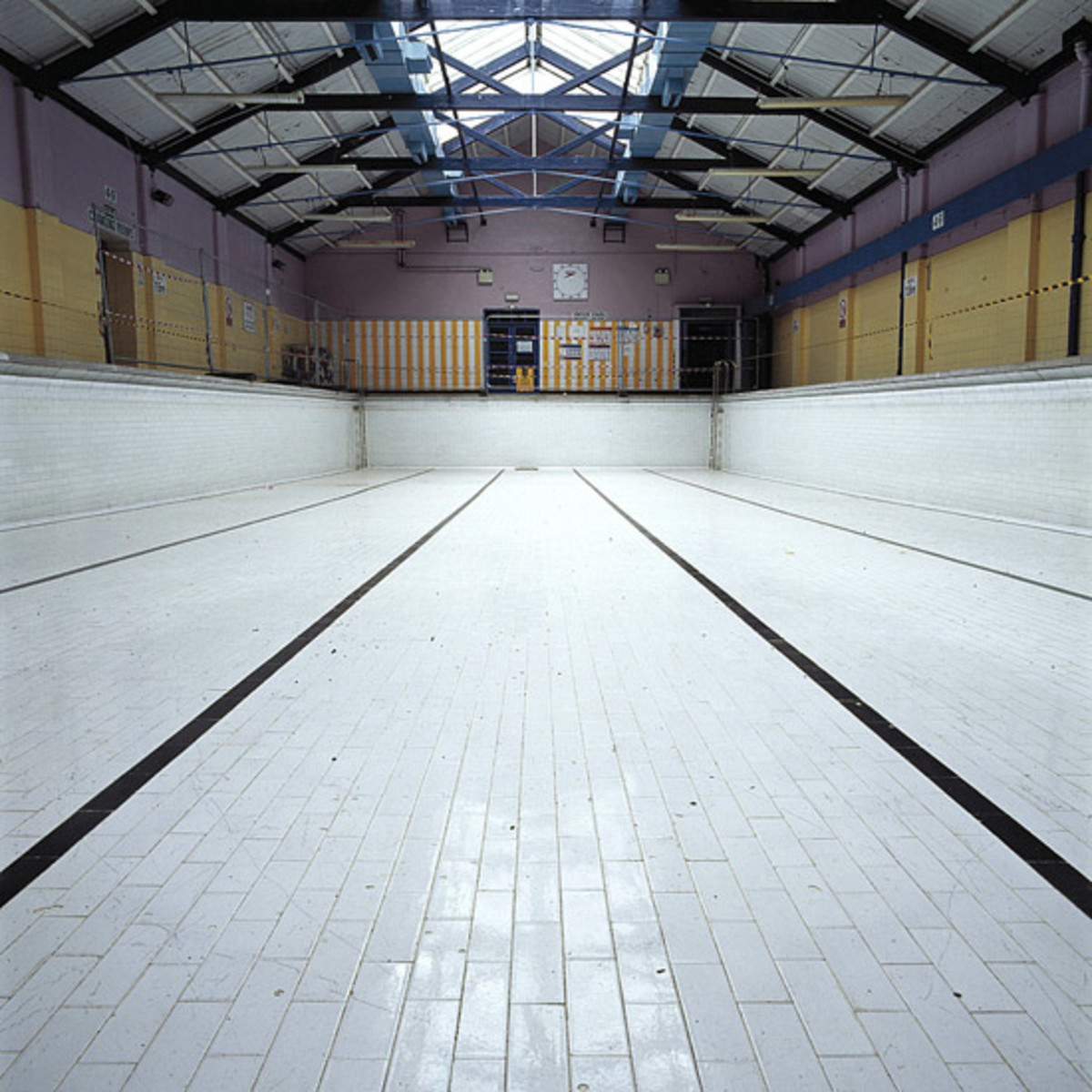
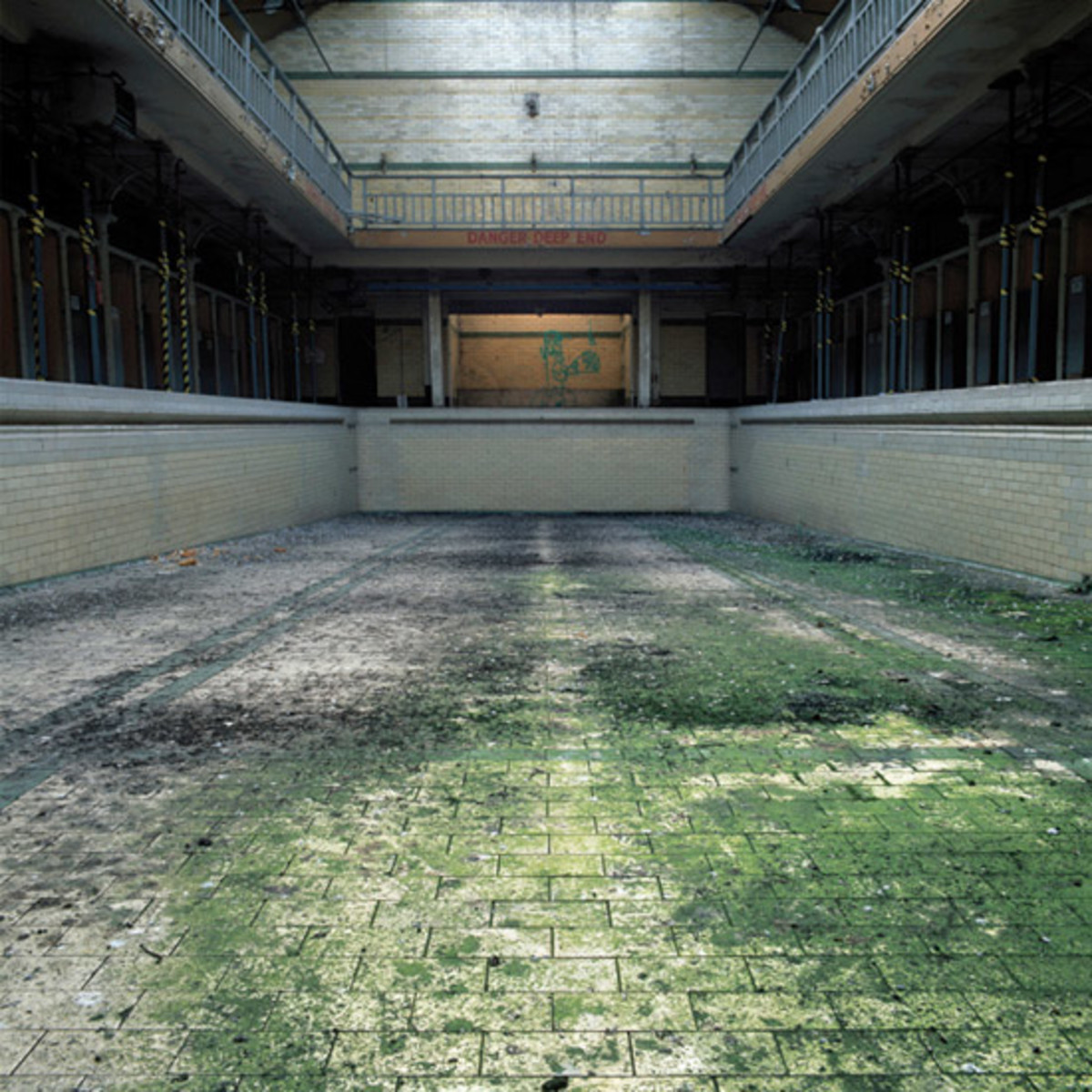
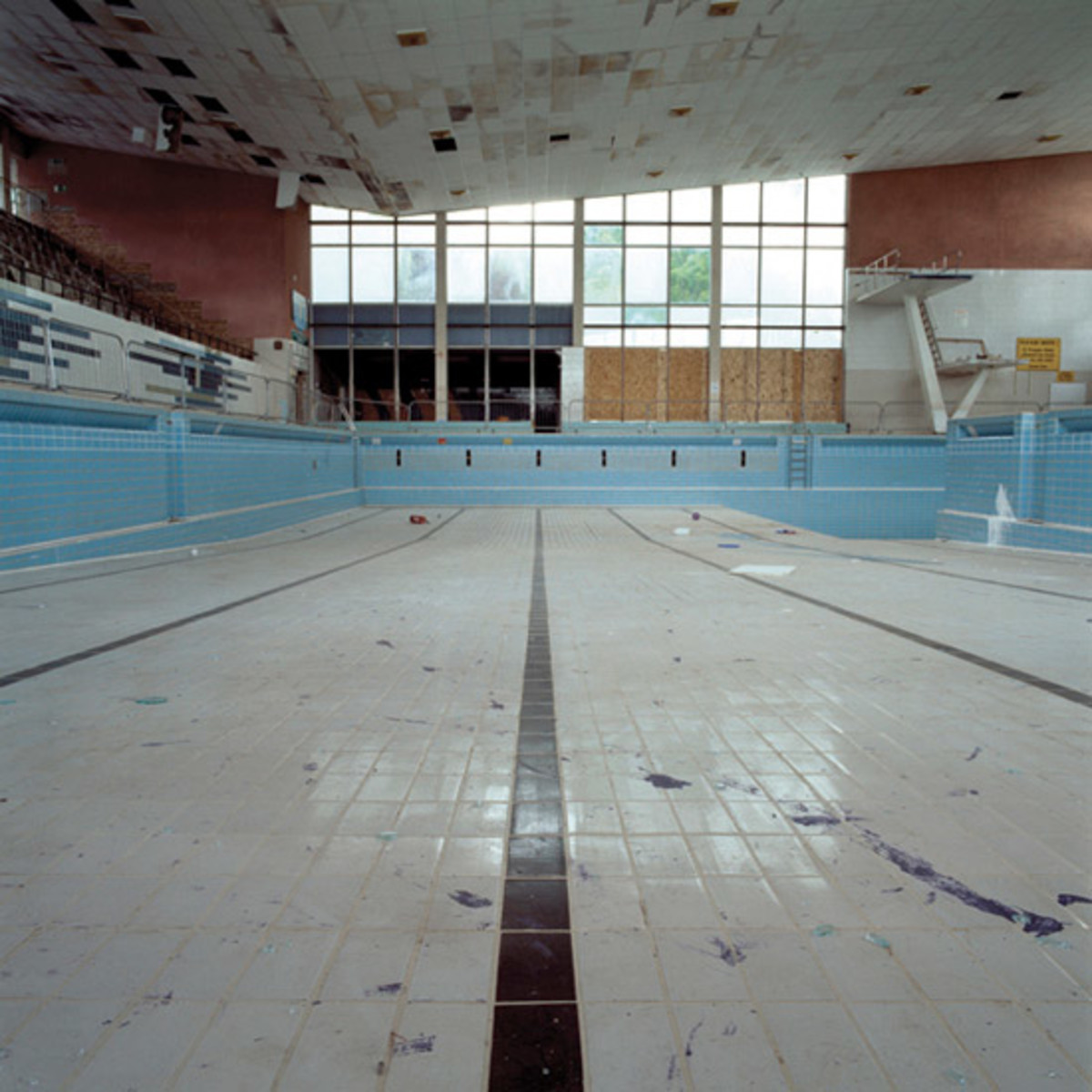
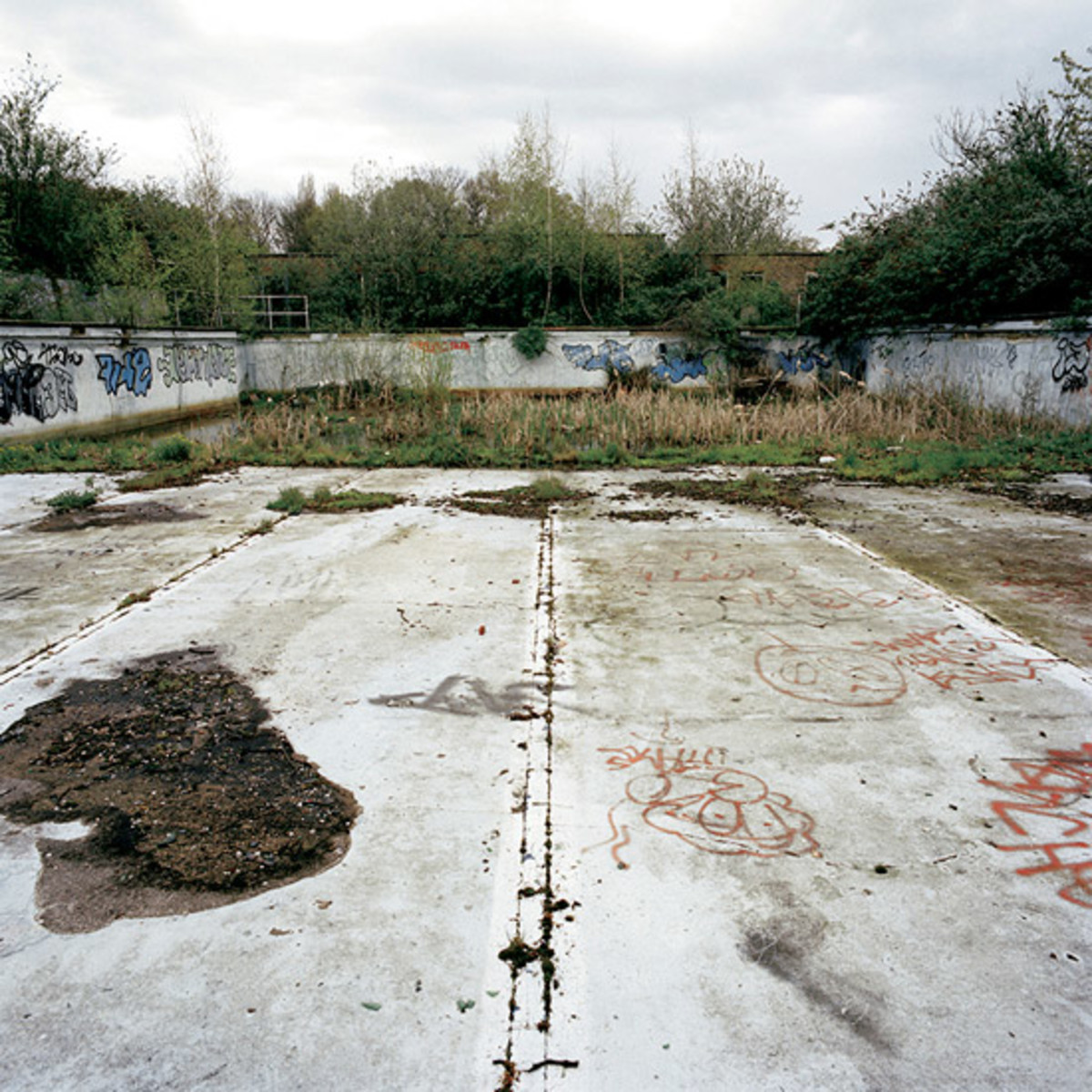


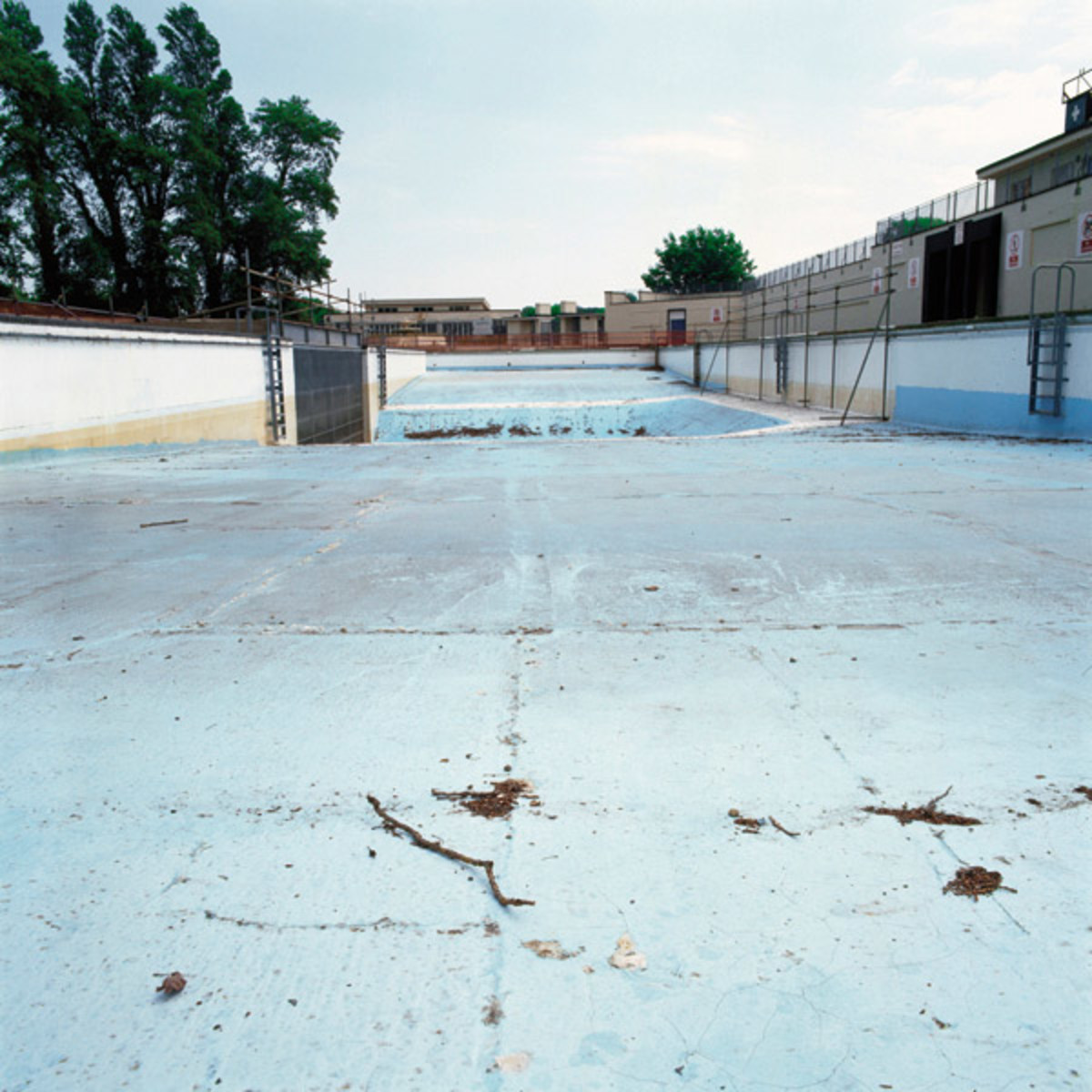
Phrases like "chipped tiles," "cracked concrete," and "stray debris" undersell the artistic beauty London photographer Gigi Cifali found while chronicling the decay of public pools throughout England.
His Absence of Water exhibit showcases 10 such public spaces, nine of which opened in the 1930s or earlier, now vacant, lying in varying degrees of disrepair.
The public lidos and baths peaked in popularity during the 1930s, and attendance has steadily dropped since, forcing closures. In the U.S. alone, dozens of public pools close each summer—some in the same city—as competition from private pools and maintenance costs mount.
“Symbols of civic and architectural pride in Victorian times, today only a handful of them remain as a representation of bygone era,” Cifali says.
These photos may be all we have left of them soon.
Tim Newcomb covers stadiums, design and technology for Sports Illustrated. Follow him on Twitter at @tdnewcomb.
